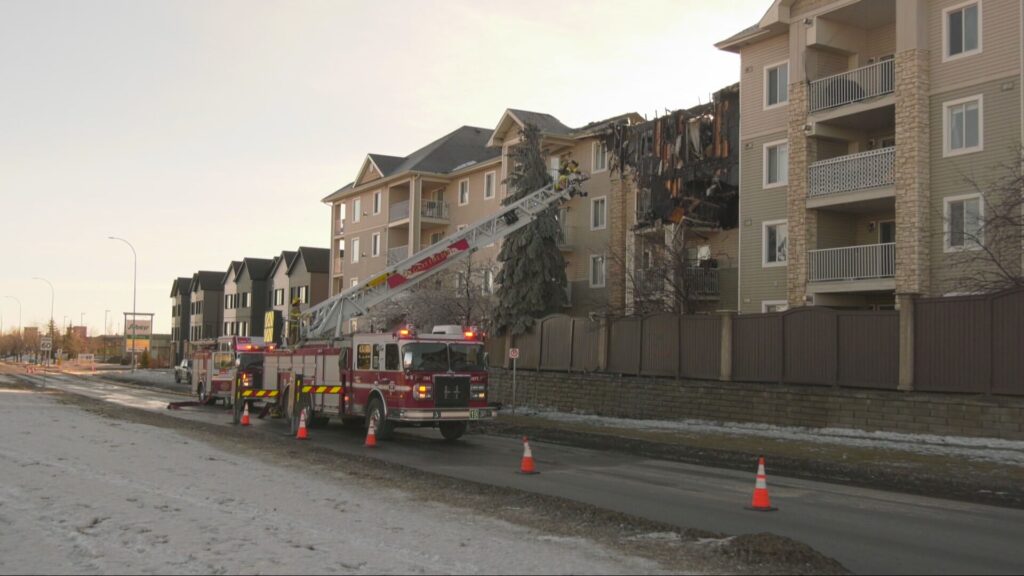
Introduction
Fires in urban environments pose significant challenges for local firefighters, emergency responders, and the community. In Calgary, where wildfire incidents and structural fires occasionally intersect, the need for effective response strategies and community preparedness is apparent. Recent events highlight both the risks involved and the resilience of the city.
Recent Events
Recent reports indicate an increase in fire incidents in Calgary, prompting concerns among residents and officials alike. This summer has witnessed a notable surge in wildfire activity in the surrounding Alberta region, which coincides with several structural fires within the city itself. In July 2023, a large fire broke out in a historical building in downtown Calgary, displacing several businesses and residents.
Emergency Services, including the Calgary Fire Department, responded swiftly, demonstrating their preparedness through decisive actions. Over 50 firefighters battled the blaze for several hours, employing aerial drones for reconnaissance and setting up a comprehensive evacuation plan for those in immediate danger. No injuries were reported during the incident, thanks to timely warning systems and the previous training undertaken by both the city officials and emergency services.
Community Preparedness
In addition to responding to fires, Calgary’s emergency management teams are working on creating community awareness programs aimed at educating residents on fire prevention, evacuation procedures, and emergency contacts. Recently, the Calgary Fire Department has hosted workshops discussing the necessity of having an emergency kit at home, including essentials like water, medications, communication devices, and first aid supplies.
Local governments have ramped up public safety campaigns, utilizing social media and community bulletin boards to disseminate information on fire safety, including tips for creating defensible spaces around homes in accordance with wildfire preparedness strategies.
Looking Ahead
As Calgary navigates the persistent threat of fires—both from wildfires and urban incidents—strategies are being formulated to enhance the city’s resilience. This includes investments in firefighting equipment, improved communication tools during emergencies, and collaboration with provincial fire agencies to track wildfire threats.
Looking ahead, experts predict that with the increasing frequency of climate-related events, Calgary’s future fire seasons could become more challenging. Continued vigilance, increased public awareness, and the fostering of community networks for support will be essential for ensuring the safety and security of residents.
Conclusion
The recent increase in fire incidents, coupled with the city’s proactive response strategies, emphasizes the importance of community preparedness and the resilience needed to face potential challenges. The future of fire safety in Calgary hinges on continued education, community involvement, and the adaptive measures that will help the city tackle the ever-evolving landscape of fire risks.



